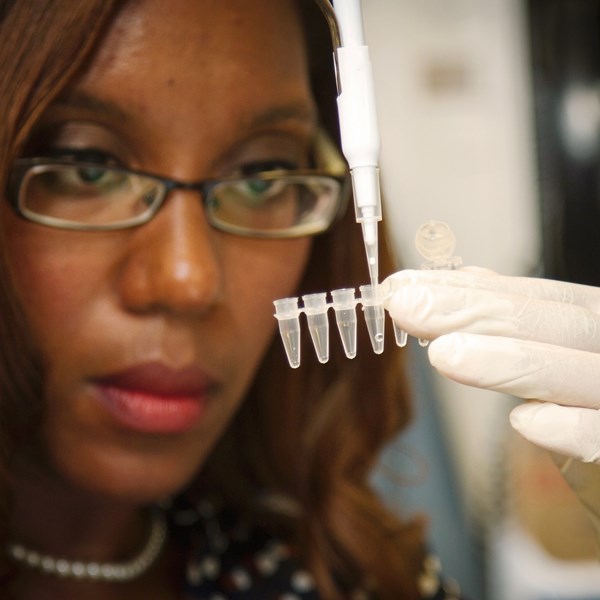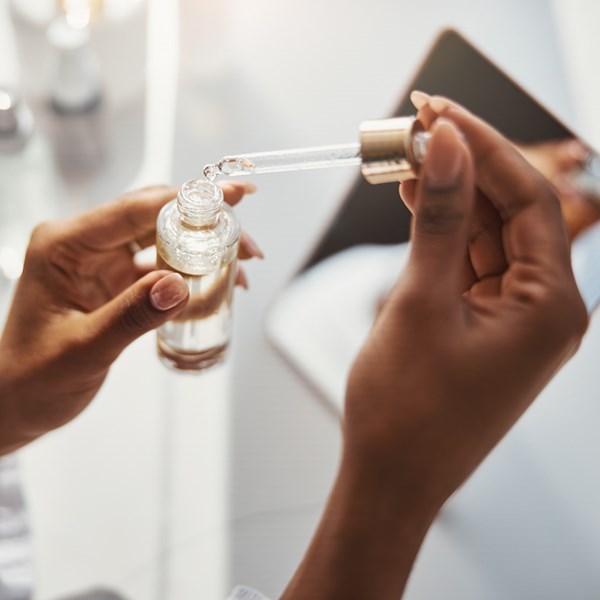In the on-going case of Abraxis v Comptroller General of Patents, Advocate General (AG) Saugmandsgaard Øe proffered his non-binding opinion at the Court of Justice of the European Union (CJEU) concerning Supplementary Protection Certificates (SPCs) for new formulations of medicinal products.
BACKGROUND
SPCs provide additional protection, beyond patent expiry, for products (medicinal or plant protection) that require a market authorisation (MA), compensating for delay to market entry.
The conditions for obtaining an SPC for medicinal products in Europe are laid out in Article 3 of the SPC Regulation (No 469/2009), which states:
“A certificate shall be granted if,…
- the product is protected by a basic patent in force;
- a valid authorisation to place the product on the market as a medicinal product has been granted…
- the product has not already been the subject of a certificate;
- the authorisation referred to in point (2) is the first authorisation to place the product on the market as a medicinal product”.
In the context of the SPC Regulation, the term “product” means “the active ingredient or combination of active ingredients of a medicinal product”, and therefore does not include any non-active ingredients such as excipients or adjuvants.
ABRAXIS V COMPTROLLER GENERAL OF PATENTS
The case at issue relates to Abraxis's application to the UK Intellectual Property Office (UKIPO) for an SPC for “paclitaxel formulated as albumin bound nanoparticles” to cover their product ‘nab‑paclitaxel’ (Abraxane®). After refusal of the SPC at a UKIPO hearing (BL O/410/16), Abraxis appealed to the High Court ([2017] EWHC 14 (Pat)).
In the High Court, Arnold J agreed with the UKIPO that the active ingredient in Abraxane® is paclitaxel, not nab-paclitaxel, and that paclitaxel had been the subject of an earlier MA. Therefore, Abraxane® did not constitute the first marketing authorisation for the ‘product’.
However, Abraxis argued that the CJEU judgment in Neurim (C-130/11) permits an SPC to be granted for a “different application” of a previously authorised product and that Abraxane® was such a “different application”.
In Neurim, an SPC was allowed for melatonin (under the brand name Circadin®) for use in treating insomnia in humans despite a previous MA covering melatonin (under the brand name Regulin®) for use in regulating fertility in sheep. The decision in Neurim required the “different application” to be “within the limits of the protection conferred by the basic patent”, but no guidance was given for what constitutes a “different application”.
For example, a “different application” could be any second or further medical use, such as the treatment of a new therapeutic indication, or even a new dosage regime or route of administration within the treatment of a known therapeutic indication. Further, as argued by Abraxis, a “different application” should even cover a new formulation of a known active ingredient.
In view of the uncertain scope of the Neurim judgment, Arnold J referred the following question to the CJEU:
“Is Article 3(d) of the SPC Regulation to be interpreted as permitting the grant of an SPC where the marketing authorisation referred to in Article 3(b) is the first authorisation within the scope of the basic patent to place the product on the market as a medicinal product and where the product is a new formulation of an old active ingredient?” (emphasis added).
Essentially, this contains two sub-questions: first, did Neurim basically re-write Article 3(d) to ignore previous MAs that do not fall within the scope of the basic patent, and second, if so, does Neurim permit an SPC on the basis of an MA for a new product formulation or is there a limitation on which previous MAs can be disregarded under Neurim?
ADVOCATE GENERAL'S OPINION
The AG set out four successively narrower interpretations of Article 3(d) in view of Neurim, as follows:
- Article 3(d) is fulfilled when the MA “is the first to fall within the scope of the protection conferred by the basic patent”, and hence, an SPC could be granted for any new formulation etc.
- The ‘scope of protection’ test in Neurim should only apply to the first MA relating to a “new therapeutic use protected by the basic patent”, and hence, an SPC could be granted for second and further medical uses (in a patent sense) of a known product but not for a new formulation
- The Neurim judgment should be confined to the specific circumstance of an earlier veterinary product MA and a later first (human) medicinal product MA, and hence, only one veterinary SPC and one human medicinal SPC could ever be granted for a given product.
- Article 3(d) should be read literally, resulting in the abandonment of the ‘scope of protection’ test from Neurim, so that only a single SPC is granted for a given product.
The AG argues that interpretations 1 and 2 are incongruous with earlier rulings in Yissum (C‑202/05) and Massachusetts Institute of Technology (C-431/04), which addressed the definition of ‘product’ within the SPC Regulation. These decisions introduced the concept that a ‘product’ as defined in the Regulation is independent from its therapeutic use, according to the basic patent, and from the presence of any excipients in the associated formulation. Further, as Article 3(d) was relevant in Yissum and MIT, the CJEU had already been presented with opportunity to rule in a manner that would support a broad interpretation of Neurim but has declined to do so.
After considering the background to the SPC Regulation, the AG held that the ultimate purpose of SPCs is to encourage the development of new active ingredients or new combinations of active ingredients as these constitute “real therapeutic breakthroughs (‘fundamental innovations’)”.
Nevertheless, although Abraxis’ product nab-paclitaxel is a “genuine therapeutic advance” that incurred delay due to the MA procedure, the AG held that this:
“…does not justify the creation by judicial decision of a test departing from the wording of Article 3(d)… and from the intention of the legislature, on the basis of a different conception of the way in which it is appropriate to pursue the objectives of stimulating innovation and striking a balance between all the interests involved in the field of medicinal products”.
In other words, the AG asserted that any ruling by the CJEU to permit SPC protection for new formulations would override the deliberate choice of the European Parliament and Council as to where to strike the balance between the interests of the different stakeholders.
Further, the AG argued that the SPC regime was intended to be a “simple, transparent system”, and that any broadening of Article 3(d) according to at least interpretations 1 and 2 would bring added burdens and uncertainty.
For these reasons, the AG’s preferred answer is that only interpretation 4 is justified.
However, the AG indicated that interpretation 3 would also be acceptable on the grounds that, as for new active ingredients, “the first placing on the market of a human medicinal product containing a particular active ingredient, even when that active ingredient is already authorised for veterinary use, is always subject to the submission of a full [MA application]”.
CONCLUSIONS
The AG’s opinion is not binding on the CJEU, which may choose to take a different approach in its expected judgment.
However, if the CJEU chooses to follow either of interpretations 3 and 4 as recommended by the AG, SPCs for previously authorised active ingredients would either only be allowed in the specific facts scenario of Neurim (i.e. an earlier veterinary MA for a different therapeutic indication to the later human medicinal MA) or not allowed at all, Neurim being written off altogether as ‘bad law’.
The adoption of either approach would appear to prevent the grant of an SPC for a new therapeutic indication, new formulation or new dosage regime, where an earlier human medicinal product MA exists. This could be seen as a regressive move at a time when the SPC Regulation is already subject to heavy criticism as to whether it is fit for purpose.
We eagerly await the CJEU’s final judgment in this case in the new year.
ACTION POINTS
Please contact us if you are interested in filing or challenging SPCs, or simply require any further information or advice in this ever-changing field, please contact Michael Pears or Tony Proctor of our SPC and Regulatory group.






